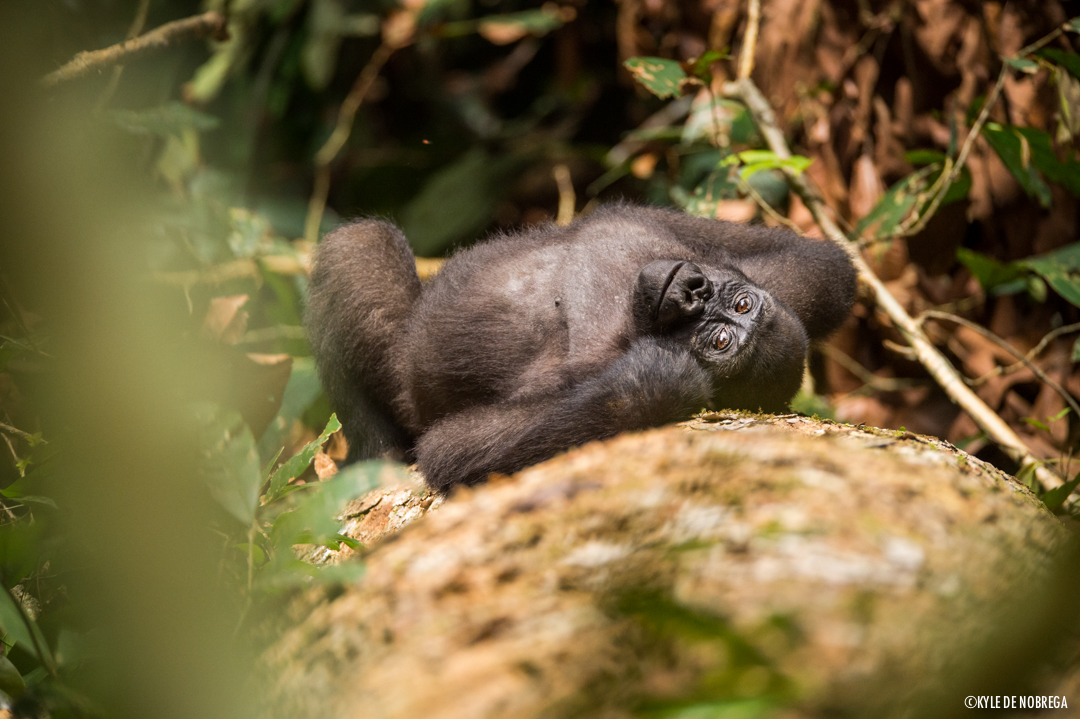
World Gorilla Day 2018
The Republic of Congo is home to 60% of the world’s remaining gorillas. A recent study led by the Wildlife Conservation Society pulled together survey data collected between 2003 and 2013 across central Africa and found that there are many more western lowland gorillas than previously estimated, but many of these gorillas are found beyond the boundaries of protected areas. In northern Congo, in and around the Nouabale-Ndoki National Park, several research projects are working to better understand one of our closest relatives in the wild, providing valuable direction for the protection of the area and its wildlife.
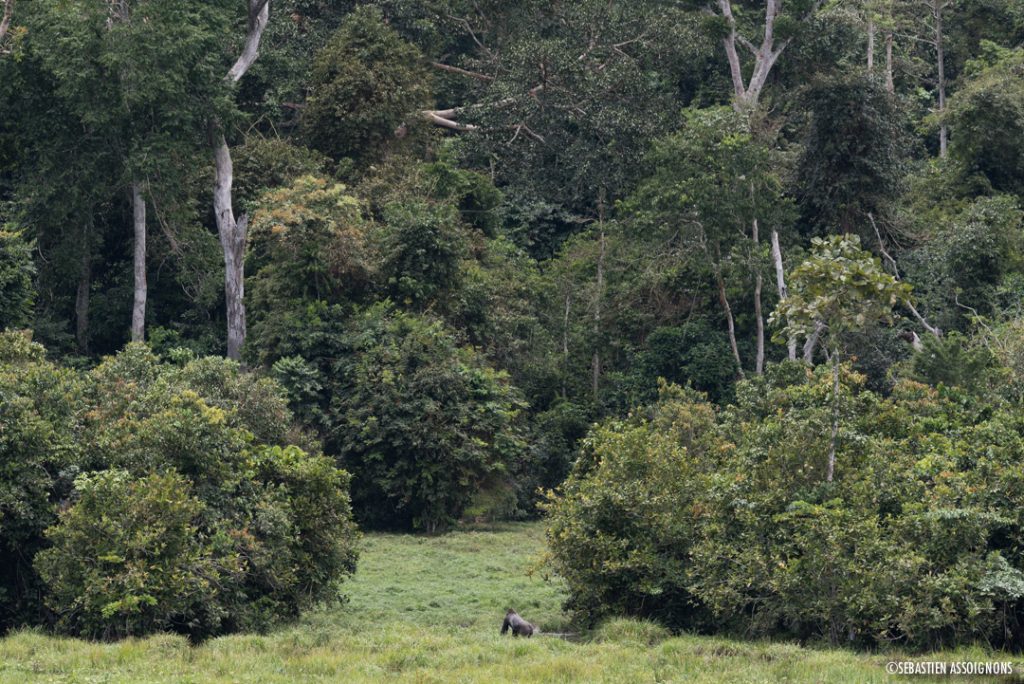
The Mbeli Bai Study
The Mbeli Bai Study is the longest running field site on the western lowland gorilla, and has provided ground-breaking insights into the social organization and population dynamics of this elusive species. The bai is a natural swampy forest clearing of approximately 15 hectares, located in the southwest of the national park, and offers a unique opportunity to observe gorillas in the wild. Gorillas are extremely difficult to study in the wild, as the majority of their habitat is made up of dense forest vegetation, making it very challenging for scientists to observe their behavior. Researchers at Mbeli solved this problem by building an eight-meter high platform that provides them with a bird’s-eye view of the gorillas that visit the clearing.
Researchers first started working at the clearing in 1994, and initially focused on documenting the different gorillas that visited it. Over time, the researchers have built up a database of thousands of observations that has enabled them to publish studies on a range of different topics, including gorilla demographics, ecology, and social dynamics. All of this information has provided valuable insight to conservationists working to protect the species.
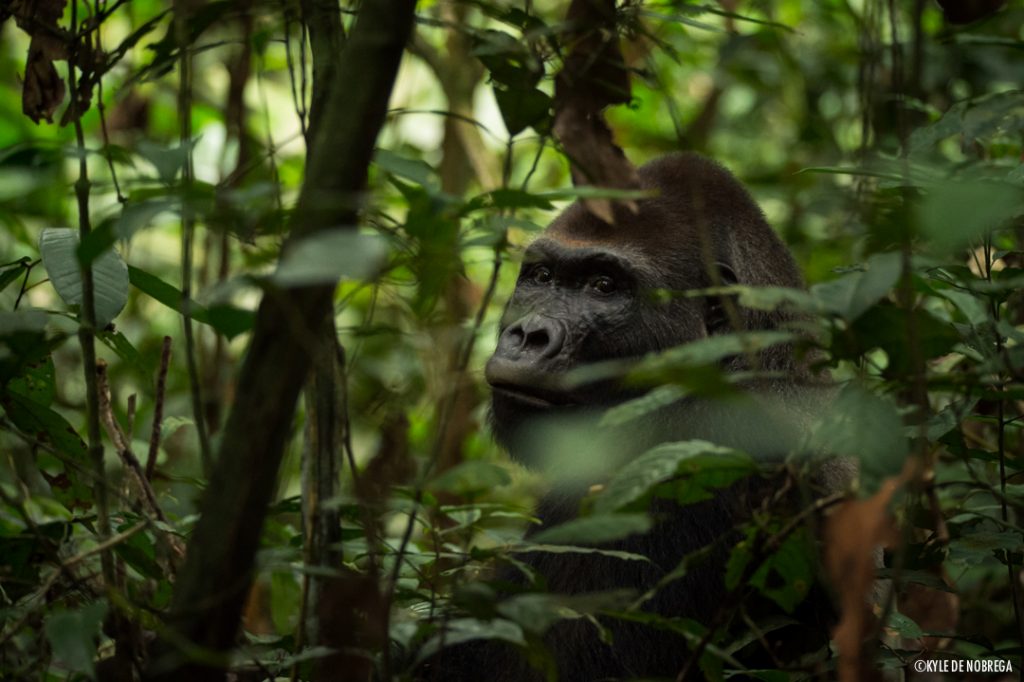
The Goualougo Triangle Ape Project
The gorillas and chimpanzees in the Goualougo Triangle have been the subject of a long-term study since 1999, with the site managed by David Morgan and Crickette Sanz. Work initially focused on the social structure and behavior of chimpanzees, revealing an extensive tool-using repertoire, including tool-using behaviors not previously documented elsewhere in Africa. More recently, the study has examined the long-term impact of logging on gorilla and chimpanzee populations. In this way, the study has become a leader in developing a more comprehensive understanding of the impacts of FSC-certified logging on apes. This helps to avoid the negative impacts associated with logging and to convince governments of the need to promote timber certification. Research teams now also collect biological samples that can be employed to characterize population genetics, pathogens, and stress levels of great apes.
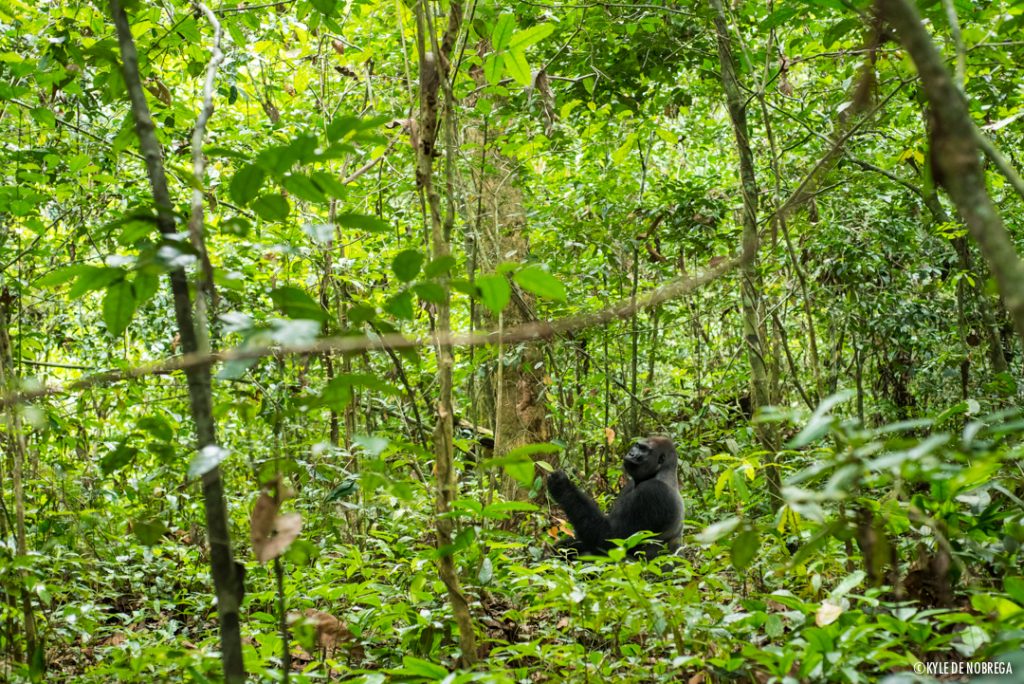
The Mondika Gorilla Project
Research into the behavior and socio-ecology of the western lowland gorilla was initiated at the Mondika field site in 1995, led by Diane Doran from Stony Brook University. In the early 2000s, a silverback called Kingo and his group was the first family group to be successfully habituated to the presence of researchers. A second group, led by a silverback called Buka, was added in 2006–07, and work is currently underway to habituate a third group. The long-term goal is for the site to be developed as a world-class tourism destination, while simultaneously continuing to provide valuable data on the species.
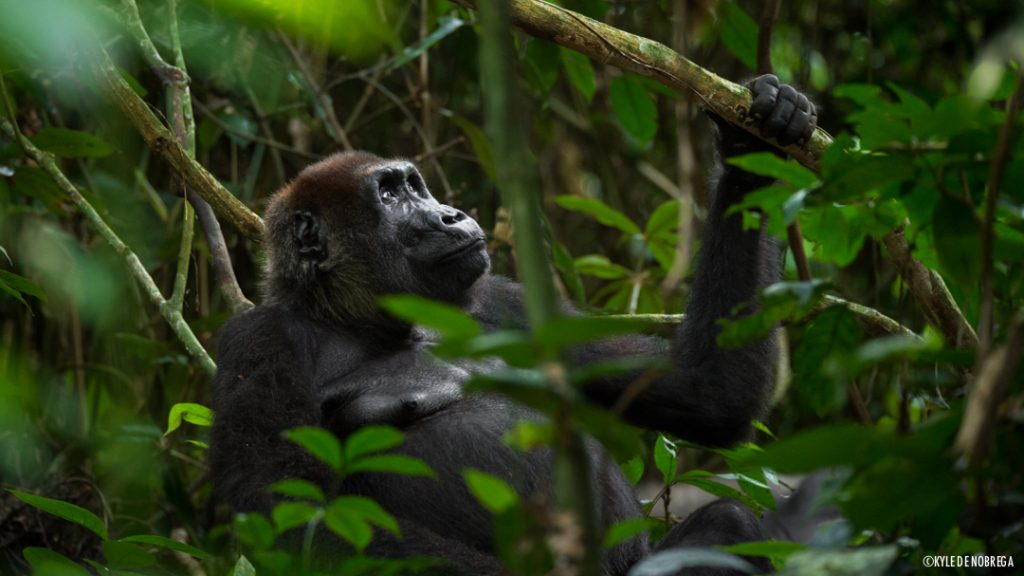
Mondika is one of only four sites in Central Africa where western lowland gorillas have been fully habituated to the presence of humans. The study site is located in the Djeke Triangle, a 10,000-hectare forest block that lies just outside the Nouabalé-Ndoki National Park. The area has never been logged, contains no human settlements, and was declared a conservation area set-aside by the CIB logging company, which means that it will not be subject to timber extraction in the future. The zone contains an extraordinarily high density of gorillas but is also home to chimpanzees, elephants, and 10 other primate species. This incredibly abundant biodiversity is expected to become the main driver for future ecotourism activities in the region.

